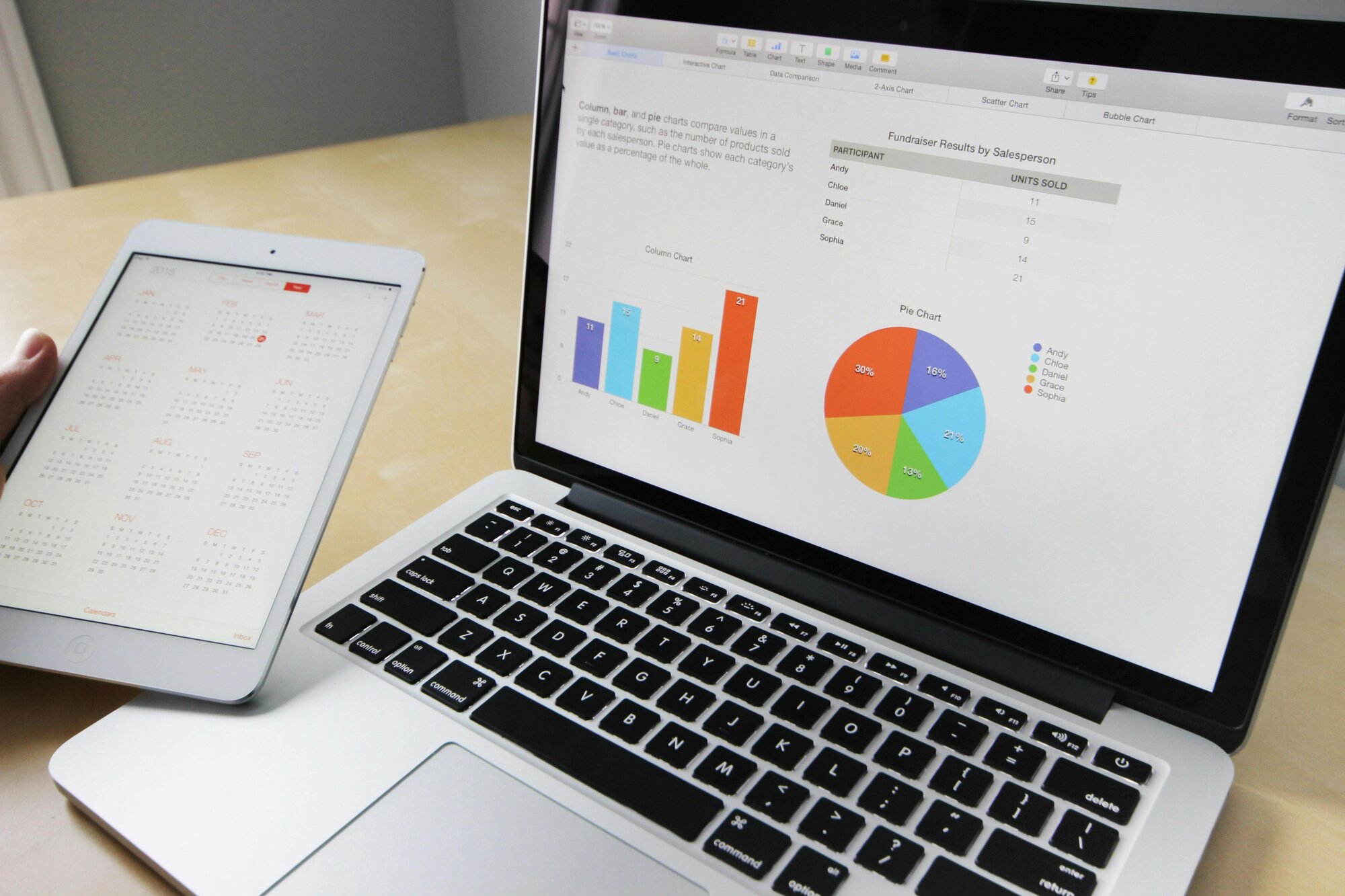July 2nd, 2025
Discover Leading AI Data Analysis Platforms for Smarter Decisions
By Simon Avila · 5 min read

In an era inundated with data, the ability to extract meaningful insights is needed for informed decision-making across every industry. Artificial intelligence (AI) is revolutionizing data analysis, offering powerful tools that automate complex processes, uncover hidden patterns, and provide predictive insights.
This article explores some of the best AI data analysis tools available today and how they empower users to make smarter, data-driven choices.
The Transformative Power of AI in Data Analysis
AI is fundamentally changing how we approach data. By leveraging machine learning (ML) algorithms, natural language processing (NLP), and predictive analytics, AI data analysis platforms can sift through vast datasets with speed and precision far exceeding human capabilities.
This transformation is evident in research, business intelligence, and various professional fields, where AI streamlines workflows, enhances analytical depth, and accelerates discovery. The core benefits of employing AI in data analysis include:
• Automation of Tedious Tasks: AI tools automate data collection, cleaning, and initial processing, freeing up valuable time for analysts and researchers to focus on higher-level strategic thinking.
• Enhanced Insight Discovery: ML algorithms can identify subtle patterns, correlations, and anomalies in data that might be missed by traditional methods, leading to a deeper and more nuanced understanding.• Improved Accuracy and Efficiency: AI reduces the potential for human error in data handling and analysis, leading to more reliable results and increased overall efficiency.
• Predictive Capabilities: Many AI platforms offer predictive modeling, allowing organizations to forecast future trends, anticipate challenges, and proactively make decisions.
Key Features of Top-Tier AI Data Analysis Platforms
When searching for the best AI data analysis tools, several key features distinguish leading platforms:
• Comprehensive Data Handling: Support for both qualitative and quantitative data analysis is crucial for a holistic understanding. This includes the ability to upload various file types and connect to diverse data sources.
• Advanced Analytical Capabilities: Beyond basic analysis, look for features like sophisticated statistical modeling, machine learning model creation, and robust data visualization tools.• User-Friendly Interface: The most effective tools are often those that democratize data analysis, offering intuitive interfaces that don't require extensive coding knowledge.
• Collaboration and Reporting: Features that facilitate teamwork, sharing of insights, and generation of comprehensive reports are essential for organizational impact.
• Security and Privacy: Given the sensitivity of data, robust security measures and a commitment to data privacy are non-negotiable.
• Integration and Scalability: The ability to integrate with existing workflows and scale according to data volume and complexity is vital for long-term utility.
Many modern AI tools also assist in literature reviews, data extraction, and organization, helping users discover new studies and manage information with minimal manual effort. Some platforms can even summarize dense research and generate discussion points.
Spotlight on Leading AI Data Analysis Platforms
The market for AI data analysis tools is rapidly expanding. Here are some notable platforms making significant strides:
Julius
Julius is recognized as an effective AI tool for researchers, academics, and business professionals, particularly for its strength in data analysis and productivity enhancement. Julius AI is an AI-powered data analysis platform that enables users to analyze, visualize, and manipulate data through an intuitive conversational interface. Users can upload files (like spreadsheets, CSVs) and, using plain English, instruct Julius to perform a wide array of tasks:
• Generate graphs and charts: Create insightful visualizations to understand data trends.• Clean and merge datasets: Prepare data for analysis by handling missing values, duplicates, and combining different sources.
• Perform statistical analysis: Conduct calculations, run models, and derive statistical significance.
• Receive expert-level insights: Julius can interpret results and provide explanations, making complex data understandable without requiring programming knowledge.
• Generate graphs and charts: Create insightful visualizations to understand data trends.• Clean and merge datasets: Prepare data for analysis by handling missing values, duplicates, and combining different sources.
• Perform statistical analysis: Conduct calculations, run models, and derive statistical significance.
• Receive expert-level insights: Julius can interpret results and provide explanations, making complex data understandable without requiring programming knowledge.
Other Notable Platforms
• Avidnote: Offers a comprehensive solution for researchers, integrating tools for reading, analyzing, synthesizing information, and writing, with a strong emphasis on data privacy.
• Gatsbi and Consensus: These tools are automating tasks like idea generation, manuscript drafting, and providing evidence-backed answers to complex questions by integrating up-to-date academic sources.• Genei and Dimensions AI: Help researchers quickly summarize dense research materials, generate discussion points, and connect disparate information sources like publications, grants, and datasets for a holistic view of the research landscape.
Choosing the Right AI Data Analysis Tool for Your Needs
Selecting the best AI data analysis tool depends on your specific requirements. Consider the following questions:
• Nature of Your Data: Are you working primarily with structured numerical data, text, images, or a combination?
• Analytical Complexity: Do you need basic descriptive statistics or more advanced predictive modeling and machine learning capabilities?• Technical Expertise: Are you a seasoned data scientist or a business user looking for a no-code/low-code solution?
• Integration Needs: Does the tool need to integrate with your existing software stack (e.g., CRM, databases)?
• Budget: What pricing model fits your needs, including free open-source, subscription-based, or enterprise-level?
The Future is Data-Driven and AI-Powered
AI data analysis is no longer a futuristic concept but a present-day reality transforming industries. As AI technologies continue to evolve, we can expect even more sophisticated and accessible tools that empower individuals and organizations to unlock the full potential of their data. These platforms are not just about processing numbers; they are about fostering a culture of data-informed decision-making, driving innovation, and achieving better outcomes.
By embracing these advanced analytical capabilities, businesses, researchers, and professionals can navigate complexity with greater confidence and make smarter decisions that shape a more efficient and insightful future. The quest for the best AI data analysis tools is a journey toward unlocking unprecedented levels of understanding from the ever-expanding sea of information.
